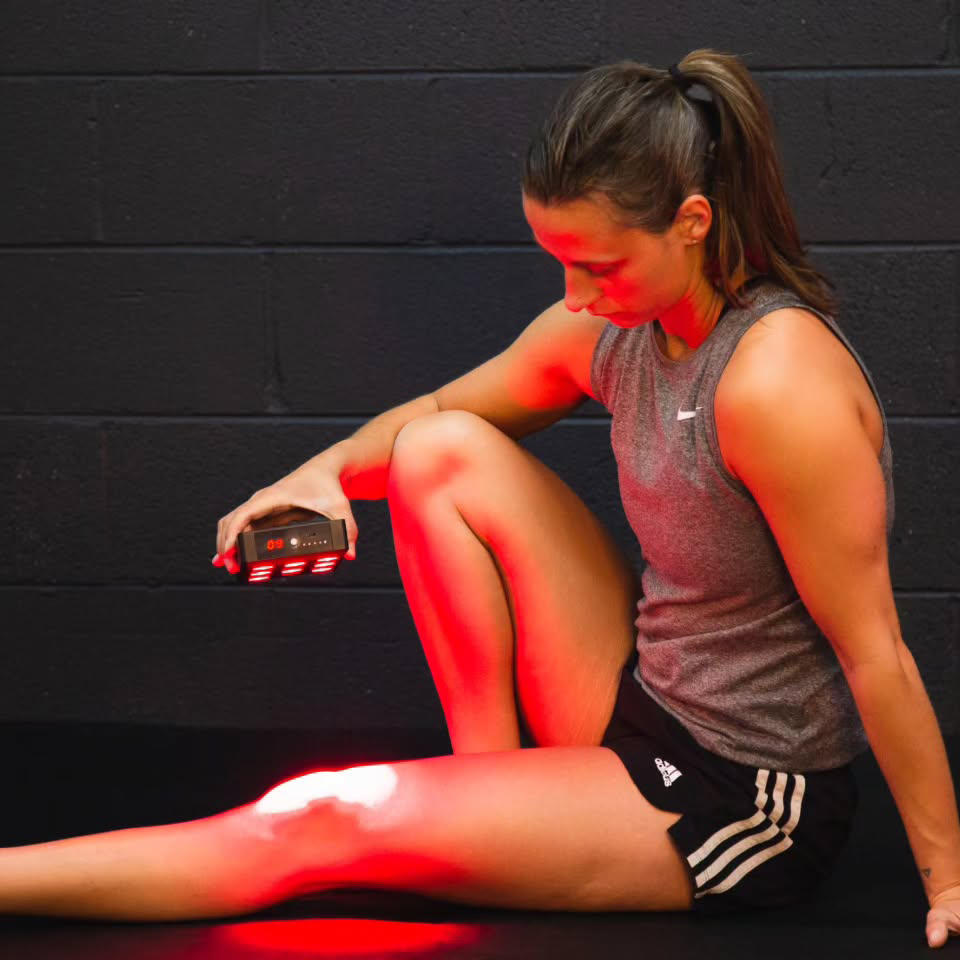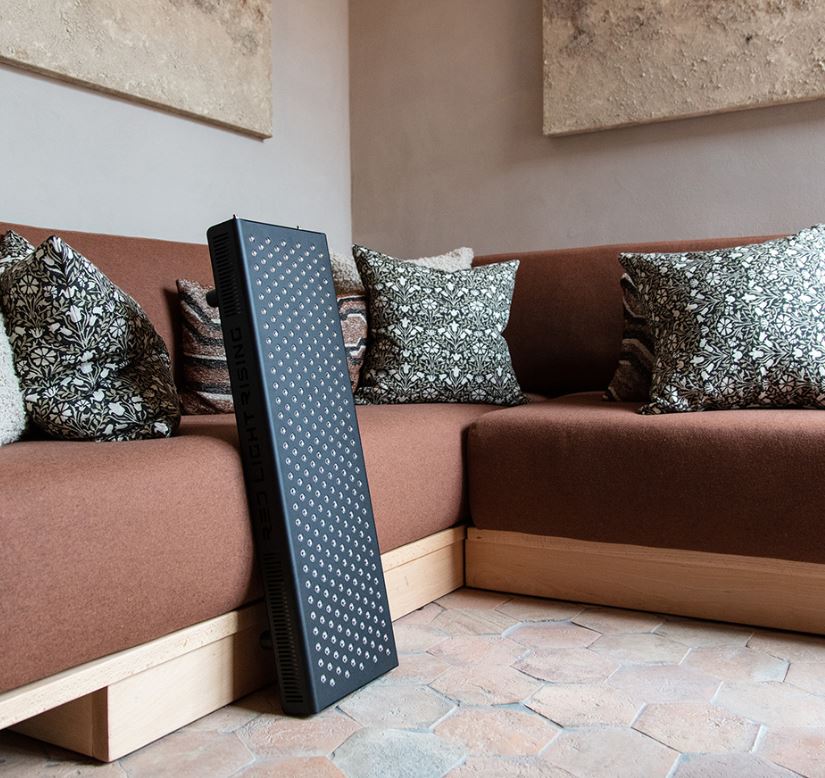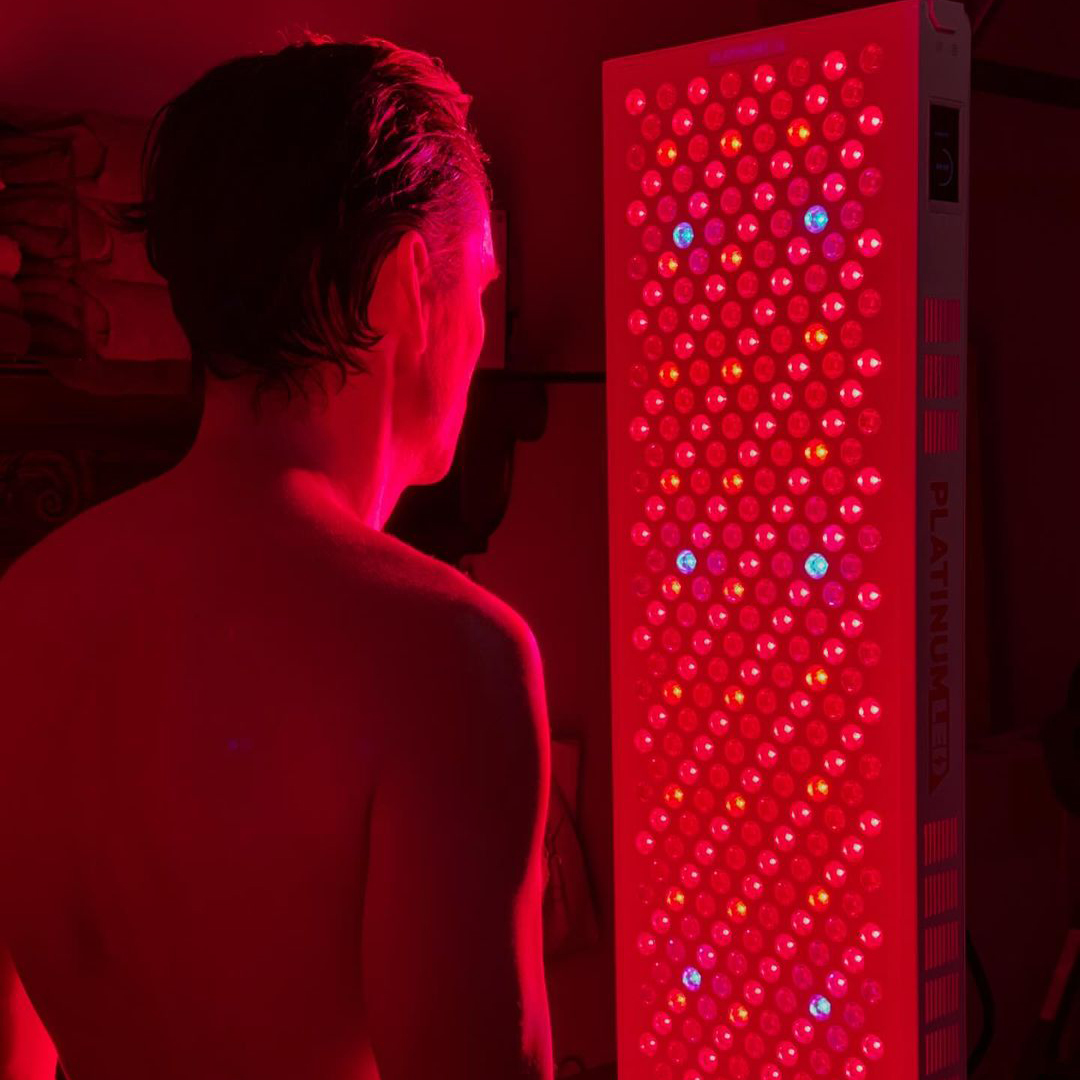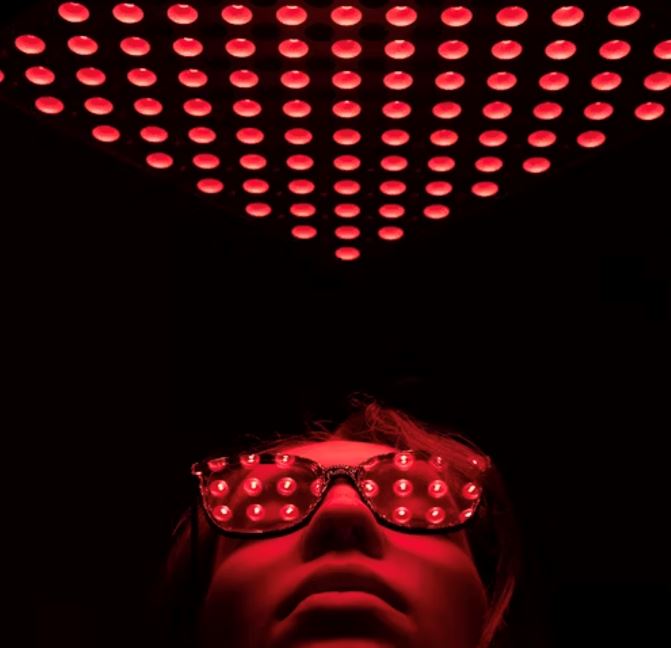![]() Free Shipping
Free Shipping ![]() Buy Now, Pay Later
Buy Now, Pay Later ![]() Eligible
Eligible
Light Therapy for Autism: A Potential Treatment?
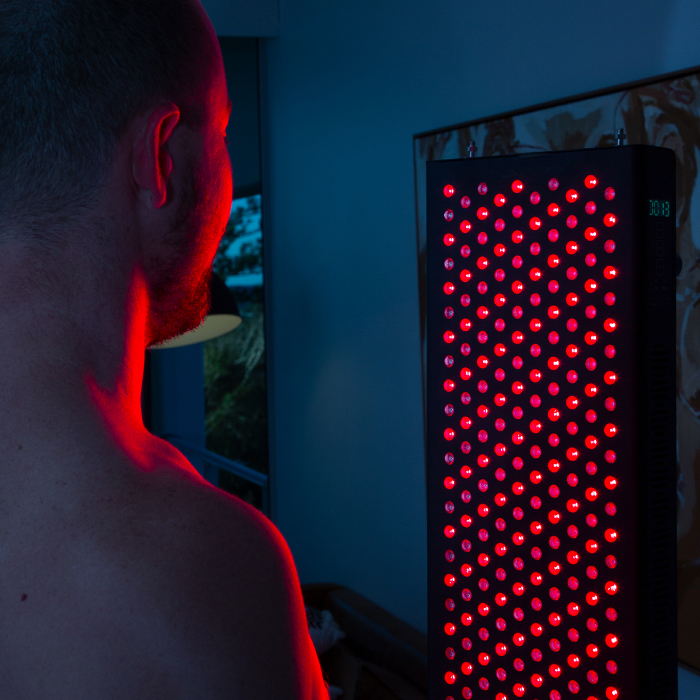
Introduction
Autism Spectrum Disorder (ASD) is a complex neurodevelopmental condition characterized by challenges in social interaction, communication, and repetitive behaviors. While there is no cure for autism, various therapies—such as behavioral interventions, speech therapy, and occupational therapy—help individuals manage symptoms and improve their quality of life.
Recently, light therapy has emerged as a potential complementary treatment for autism. Also known as photobiomodulation (PBM), this non-invasive therapy uses specific wavelengths of light to stimulate cellular function, reduce inflammation, and improve brain activity. But can light therapy really benefit individuals with autism?
In this comprehensive guide, we’ll explore:
- What light therapy is and how it works
- The science behind light therapy for autism
- Potential benefits and risks
- Current research findings
- How to incorporate light therapy into an autism treatment plan
By the end, you’ll have a clearer understanding of whether light therapy could be a viable option for you or a loved one with autism.
What Is Light Therapy?
Light therapy, or photobiomodulation (PBM), involves exposing the body to specific wavelengths of light—typically red or near-infrared (NIR) light—to stimulate healing and improve cellular function.
How Does Light Therapy Work?
Light therapy works by penetrating the skin and reaching the mitochondria (the powerhouse of cells). The light energy enhances adenosine triphosphate (ATP) production, which boosts cellular repair and reduces inflammation.
In the context of autism, researchers believe light therapy may:
- Improve brain function by increasing blood flow and oxygenation
- Reduce neuroinflammation, which has been linked to autism symptoms
- Enhance melatonin production, improving sleep (a common struggle in autism)
- Stimulate neurotransmitter balance, potentially improving mood and behavior
Types of Light Therapy Used for Autism
- Red Light Therapy (600-700 nm) – Helps with skin healing and inflammation.
- Near-Infrared Light Therapy (700-1100 nm) – Penetrates deeper into tissues and the brain.
- Bright Light Therapy (White/Blue Light) – Often used for circadian rhythm regulation (e.g., sleep disorders).
While most autism research focuses on red and near-infrared light, bright light therapy is also being studied for sleep regulation in autistic individuals.
The Science Behind Light Therapy for Autism
1. Reducing Neuroinflammation
Studies suggest that neuroinflammation (chronic brain inflammation) may contribute to autism symptoms. Light therapy has anti-inflammatory effects, potentially calming overactive immune responses in the brain.
A 2018 study published in Behavioural Brain Research found that near-infrared light reduced inflammation and improved social behaviors in animal models of autism.
2. Enhancing Mitochondrial Function
Mitochondrial dysfunction is common in autism, leading to fatigue, cognitive delays, and motor issues. Light therapy boosts ATP production, which may improve energy levels and cognitive function.
3. Improving Sleep Patterns
Many autistic individuals struggle with insomnia or irregular sleep cycles. Bright light therapy (similar to what’s used for seasonal affective disorder) may help regulate melatonin production, leading to better sleep.
A 2020 study in Frontiers in Psychiatry found that morning light therapy improved sleep quality in children with autism.
4. Boosting Social and Cognitive Function
Early research suggests that light therapy may enhance neural connectivity in brain regions linked to social interaction and communication. A 2021 pilot study reported improved attention and reduced irritability in autistic children after light therapy sessions.
Potential Benefits of Light Therapy for Autism
Based on current research, light therapy may help with:
✅ Improved Sleep – Regulating circadian rhythms
✅ Reduced Anxiety & Irritability – Calming overactive neural pathways
✅ Enhanced Focus & Attention – Supporting mitochondrial energy
✅ Better Mood Regulation – Balancing neurotransmitters like serotonin
✅ Decreased Sensory Overload – Reducing brain inflammation
Case Studies & Anecdotal Evidence
Many parents and caregivers report positive changes after trying light therapy, including:
- Better eye contact
- Fewer meltdowns
- Improved speech and responsiveness
However, more large-scale clinical trials are needed to confirm these effects.
Risks and Considerations
While light therapy is generally safe and non-invasive, there are some considerations:
⚠️ Eye Safety – Direct exposure to bright or laser light can damage the eyes. Protective goggles are recommended.
⚠️ Skin Sensitivity – Some individuals may experience mild redness or irritation.
⚠️ Overstimulation – In rare cases, light therapy may temporarily increase agitation in hypersensitive individuals.
Always consult a healthcare provider before starting light therapy, especially for children with autism.
VELLGUS Elite V2
THE #1 RATED RED LIGHT DEVICE
VELLGUS pro V2
THE #1 RATED FULL BODY RED LIGHT DEVICE
How to Use Light Therapy for Autism
If you’re considering light therapy, here’s how to get started:
1. Choose the Right Device
- Red/Near-Infrared Light Panels – Best for full-body or brain stimulation.
- Light Therapy Lamps (10,000 lux) – Helpful for sleep regulation.
- Wearable Devices (e.g., helmets) – Targeted brain photobiomodulation.
2. Determine the Right Dosage
- Wavelength: 600-850 nm (red/NIR) for brain benefits.
- Duration: 5-20 minutes per session.
- Frequency: 3-5 times per week (adjust based on response).
3. Combine with Other Therapies
For best results, pair light therapy with:
- Behavioral therapy (ABA)
- Occupational therapy
- Dietary interventions (anti-inflammatory diets)
4. Monitor Progress
Keep a journal to track changes in:
- Sleep quality
- Mood and behavior
- Communication and social engagement
Current Research and Future Directions
While preliminary studies are promising, more randomized, placebo-controlled trials are needed to confirm light therapy’s efficacy for autism.
Ongoing Studies
- Harvard Medical School is investigating near-infrared light for autism-related inflammation.
- University of Texas is studying transcranial light therapy for cognitive improvements.
The Future of Light Therapy for Autism
If further research supports its benefits, light therapy could become a low-cost, drug-free adjunct treatment for autism.
Final Thoughts: Is Light Therapy Worth Trying?
Light therapy shows exciting potential as a complementary treatment for autism, particularly for reducing inflammation, improving sleep, and enhancing cognitive function. While it’s not a standalone cure, it may offer meaningful improvements when combined with other therapies.
If you’re considering light therapy:
✔️ Consult a healthcare professional first.
✔️ Start with short sessions and monitor responses.
✔️ Use FDA-cleared devices for safety.
As research continues, light therapy could become a game-changer in autism care. Have you tried light therapy for autism? Share your experiences in the comments!
References
- Hamblin, M. R. (2018). Photobiomodulation for Brain Disorders. Behavioural Brain Research.
- Johnstone, D. M. (2021). Light Therapy in Autism Spectrum Disorder. Frontiers in Psychiatry.
- Harvard Medical School. (2023). Near-Infrared Light and Neuroinflammation in Autism.
Would you like recommendations for specific light therapy devices? Let us know in the comments!





